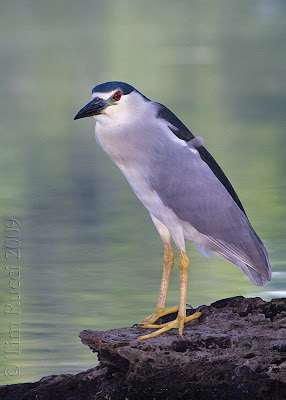 I arrived in Alaska Tuesday night and made it out onto the park road in Denali National Park for the first time Wednesday morning.
I arrived in Alaska Tuesday night and made it out onto the park road in Denali National Park for the first time Wednesday morning.
Seeing the amazing beauty of the scenery, I was reflecting on how wonderful it is just to be here. The possibility of seeing wildlife and photographing it would be icing on the cake.
Wednesday afternoon on the park road it started snowing. The truck thermometer showed the outside temperature at 36F. What a change from Florida... I was literally giggling at the experience.
We traveled the park road to mile post 15 and back twice in the morning without seeing any wildlife. But in the evening another run to the same location resulted in some exciting wildlife viewing and a few photos. Our first sighting was the yearling moose pictured above and we spent a few minutes photographing him before moving on to explore further.

We saw a coyote in the woods near the side of the road, and watched has he appeared to be hunting snowshoe hares. He was bouncing around in the woods chasing something and he finally emerged with a snowshoe hare pictured here. I felt sorry for the hare, but this all part of nature. It was interesting to watch.
This time of year the sun is not setting here until around midnight, and it rises again around 4:30am. It never really gets dark, and even in the middle of the night, it is no darker than dusk. It makes for long extended periods of light which are great for photographers.
The next two images were shot at night - the first one after 9pm, and the last one at 11pm.

 I will try to post updates to the blog every day or two, time permitting. Please check back often for updates.
I will try to post updates to the blog every day or two, time permitting. Please check back often for updates.
The next post will include images of Mt McKinley that I shot on day 2. We had a very rare, crystal clear day with blue skies morning until night, making it possible to view Mt McKinley from top to bottom. It is an amazing sight.















































